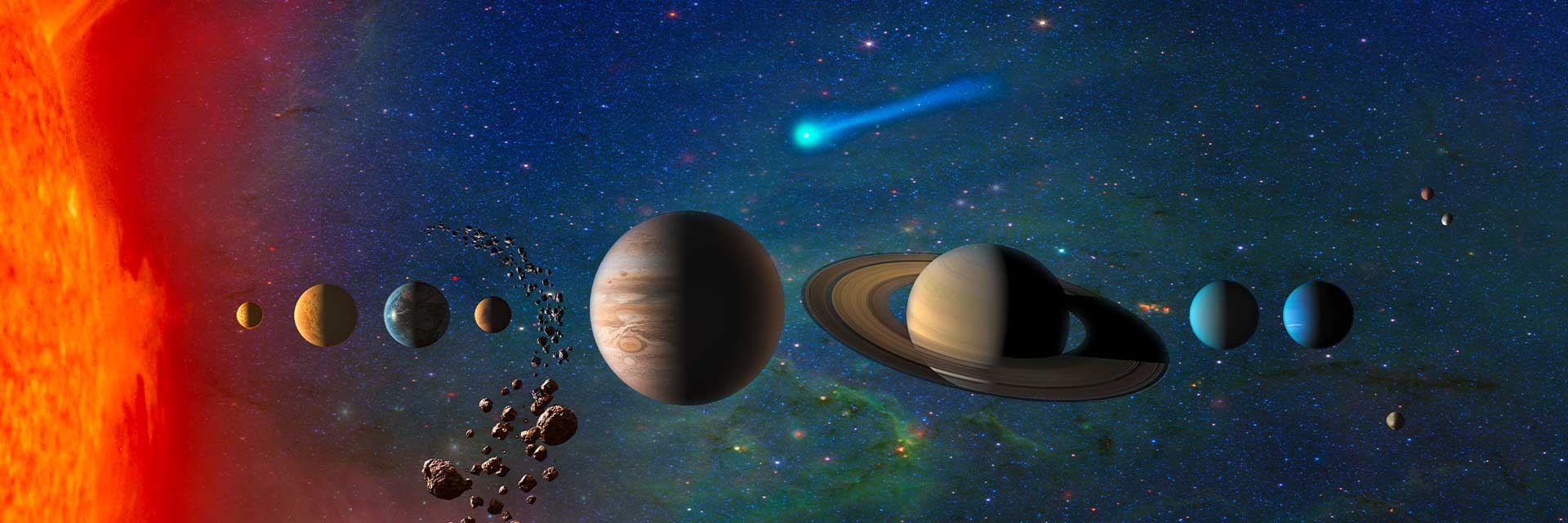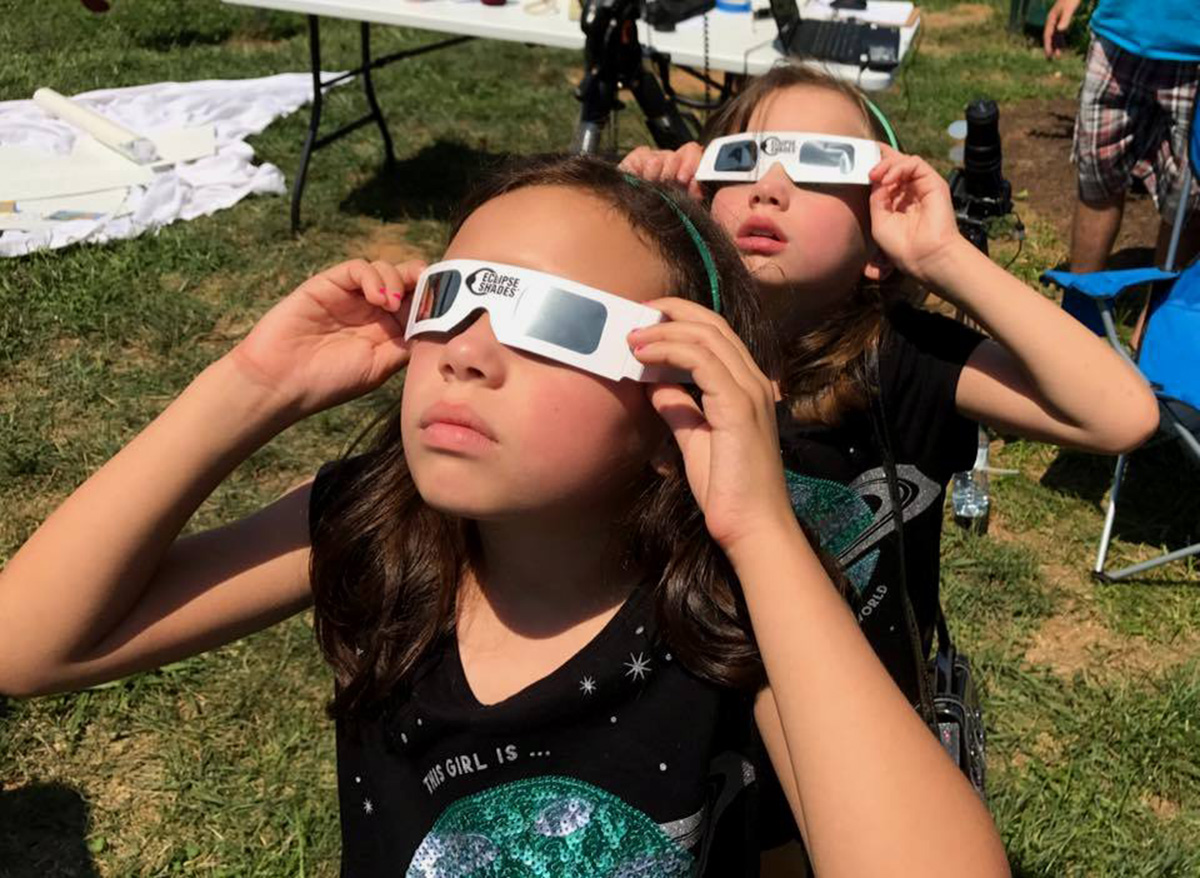Training Toolkit
PDS4 Training
This Planetary Data System (PDS) page is intended for both data preparers, requiring training in the process of archiving, and end users, requiring an understanding of the data standard in order to search and access data to their specifications, who wish to familiarize themselves with PDS4.
Here we offer overview information, detailed documentation, and step-by-step guidance on the various aspects of the PDS4 standard and defining data products within this standard. assistance.
More Resources Coming Soon! PSD is working to bring training resources to users of the PDE, which will be posted here. If you have training materials that should be included here, please contact hq-pde@mail.nasa.gov.
Planetary Data Training Materials
The following materials were used at various Planetary GIS Training Workshops at Cornell University, Arizona State University, the Geological Society of America Annual Meeting, and the Lunar and Planetary Science Conference between 2017-2022:
(For more information, contact Zoe Learner Ponterio)
Introduction to Image Analysis with ArcGIS Pro:
As part of the Planetary Data Training program funded through NASA's Topical Workshops, Symposia, and Conferences (TWSC), Cornell University Spacecraft Planetary Image Facility (SPIF) will be offering a version of their Introduction to Image Analysis with ArcGIS® that includes instruction in ArcGIS Pro at GSA 2022 (Short Course #525) https://community.geosociety.org/gsa2022/home. Learn more and find the workshop materials at https://cornellspif.com/researchers/.
(For more information, contact David M. Nelson)
RGCPS GIS Overview web page (Information about hardware & software available in the RGCPS)
RGCPS GIS Instruction page (Information about the seminars taught at the Center)
- What is Geographic Information Systems (GIS)? [Lecture]
- Using GIS for Planetary Image Analysis [Hands-On]
Coming in 2024: Planetary Stereo Photogrammetry using SOCET-SET and Ames Stereo Pipeline, Planetary Data Management
SPICE Training
The Navigation and Ancillary Information Facility (NAIF) website offers training regarding SPICE software and data. Any questions regarding SPICE should be directed to NAIF.
TOPS Open Science 101 Curriculum
TOPS is developing the infrastructure to train 20,000 scientists and researchers as part of our 5-year program. This community-developed open science curriculum will introduce those beginning their open science journey to important definitions, tools, and resources; and provide participants at all levels recommendations on best practices from subject matter experts. Courses are in planned as instructor-led workshops and as self-paced online course material. Learn more and find updated information online here.
Virtual MRCTR Office Hours: Live Mapping and GIS Support
Live mapping and GIS support from the USGS-NASA Planetary Geologic Mapping Program every Wednesday from 12 – 3 p.m. (Eastern). Call office hours on MS Teams at: https://url.usgs.gov/MRCTR or email sblack@usgs.gov to schedule an appointment.




